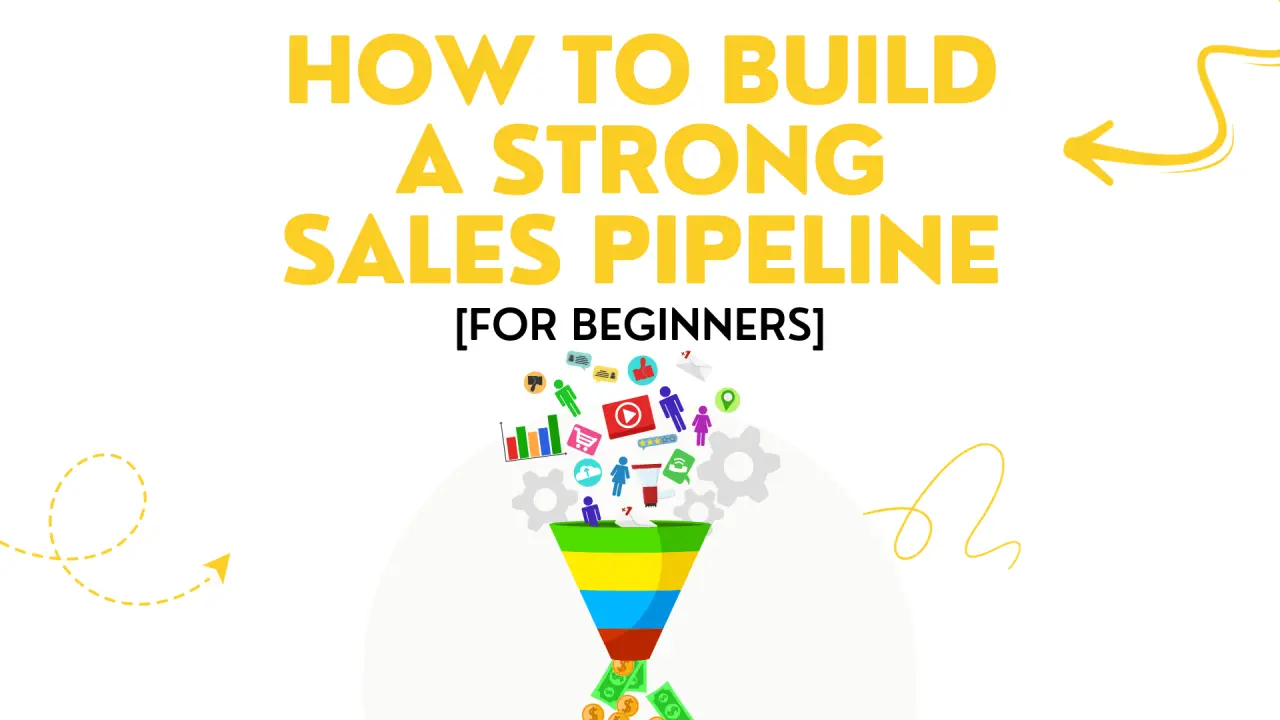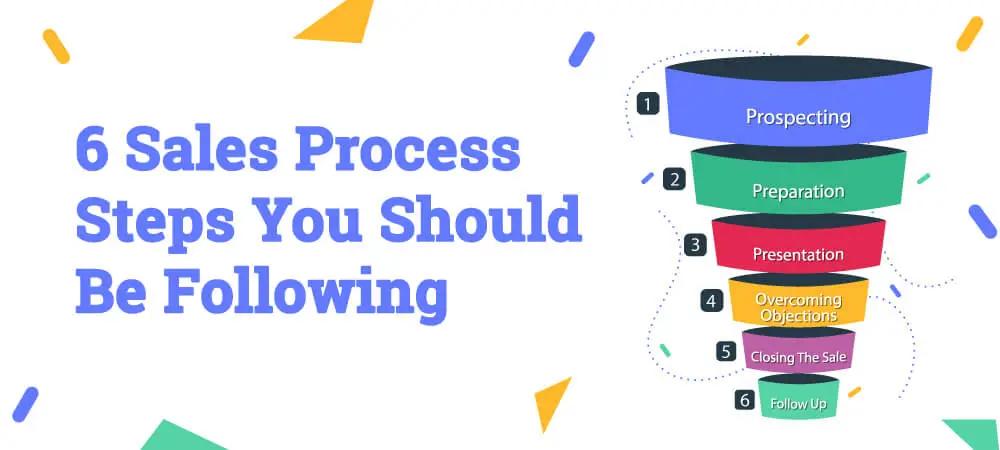How can I build a strong sales pipeline?
How can I build a strong sales pipeline? Consistency and efficiency are key when it comes to constructing a robust sales pipeline for your business. Developing a strong sales pipeline is crucial to ensure a steady flow of leads and opportunities that can ultimately lead to increased revenue and growth. In this blog post, we will explore effective strategies and best practices to help you build and maintain a successful sales pipeline that drives results.
Key Takeaways:
- Define your ideal customer profile: Creating a clear picture of your target customer helps you focus your efforts on prospects with the highest potential for conversion.
- Utilize multiple sales channels: Diversifying your sales channels such as cold calling, email marketing, and social media outreach can help you reach a wider audience and generate more leads.
- Segment your leads: Organizing your leads based on criteria such as industry, company size, or buying intent can help you tailor your sales pitch and increase conversion rates.
- Regularly review and update your pipeline: Monitoring your sales pipeline allows you to identify bottlenecks, prioritize high-value leads, and make necessary adjustments to achieve your sales goals.
- Provide value at every touchpoint: Building relationships with prospects by offering valuable insights, personalized solutions, and exceptional customer service can help you establish trust and credibility, leading to stronger sales relationships.
Understanding Your Target Market
Identifying Your Ideal Customer Profile
Some of the most successful sales pipelines start with a clear understanding of the ideal customer profile. An ideal customer profile outlines the demographics, behaviors, and characteristics of the customers who are most likely to benefit from your product or service. By identifying your ideal customer profile, you can tailor your sales and marketing efforts to attract and retain high-quality leads that are more likely to convert into paying customers.
Market Research and Analysis
Some market research and analysis are crucial steps in building a strong sales pipeline. Your market research should involve analyzing industry trends, competitor strategies, and customer preferences to identify opportunities for growth. By conducting thorough market research, you can gain valuable insights into your target market’s needs and pain points, allowing you to tailor your sales approach to meet their specific requirements.
Your market research and analysis should also include identifying key decision-makers within your target market and understanding the challenges they face in their roles. By gaining a deeper understanding of your target market’s nuances, you can craft more personalized and impactful sales strategies that resonate with your potential customers.
Target your market research efforts towards gathering actionable data that will inform your sales and marketing strategies. By having a clear understanding of your target market’s needs, preferences, and pain points, you can position your product or service as the ideal solution, increasing your chances of success in building a strong sales pipeline.
Lead Generation Tactics
Inbound Marketing Strategies
One of the most effective ways to generate leads is through inbound marketing strategies. By creating valuable content that attracts potential customers, you can drive traffic to your website and capture leads through forms and landing pages. This can include creating blog posts, eBooks, webinars, and other resources that address your target audience’s pain points and position your business as a trusted authority in the industry.
Outbound Marketing Techniques
Any comprehensive lead generation strategy should also include outbound marketing techniques. This involves reaching out to potential leads through cold calling, email campaigns, and targeted advertising. While outbound marketing may have a lower conversion rate compared to inbound strategies, it can still be a valuable way to reach a broader audience and generate leads quickly.
An effective outbound marketing strategy requires a carefully crafted message that speaks directly to your target audience’s needs and pain points. Personalization is key in outbound techniques to grab the attention of potential leads and prompt them to take the desired action, whether it’s scheduling a sales call or signing up for a product demo.
Managing and Nurturing Leads
Lead Scoring and Qualification
To effectively manage and nurture leads, it’s crucial to implement a lead scoring and qualification system. With this approach, you can prioritize leads based on their level of interest and engagement with your product or service. By assigning scores to leads and qualifying them based on predetermined criteria, your sales team can focus their efforts on leads that are more likely to convert, resulting in a more efficient and effective sales process.
Effective Communication and Follow-Up Processes
The key to building a strong sales pipeline lies in the effectiveness of your communication and follow-up processes. The way you engage with leads can make a significant impact on whether they move down the sales funnel or drop off. The use of personalized and timely communication, along with a structured follow-up strategy, can help build trust and credibility with leads, increasing the likelihood of conversion.
For instance, setting up automated email sequences to follow up with leads at different stages of the sales cycle can ensure consistent communication without overwhelming them. Personalizing messages based on their interactions with your website or previous communications can also help tailor your approach and enhance engagement.
Measuring and Optimizing Pipeline Performance
Key Performance Indicators (KPIs) for Sales Pipelines
With any sales pipeline, it’s crucial to track key performance indicators (KPIs) to understand its health and effectiveness. Some necessary KPIs include conversion rates at each stage, average deal size, sales velocity, and win rates. By monitoring these metrics, you can identify bottlenecks, optimize your sales process, and forecast future revenue more accurately.
Tools and Techniques for Pipeline Analysis
Performance analysis tools like CRM systems, sales analytics software, and data visualization platforms are invaluable for evaluating and optimizing your sales pipeline. These tools provide real-time insights into your pipeline health, sales team performance, and customer interactions. By leveraging automation and predictive analytics, you can streamline your pipeline management, identify opportunities for improvement, and make data-driven decisions to drive sales growth.
Measuring your pipeline performance and implementing the right tools and techniques are critical steps in building a strong and sustainable sales pipeline. By continuously analyzing your KPIs, leveraging advanced analytics tools, and adapting your strategies based on data-driven insights, you can optimize your sales process, improve your team’s efficiency, and drive consistent revenue growth.

To wrap up
How can I build a strong sales pipeline?
With this in mind, building a strong sales pipeline requires a combination of strategic prospecting, nurturing leads, leveraging technology, and continuously optimizing your sales process. By implementing a structured approach to identifying and qualifying prospects, utilizing various channels to engage with potential clients, and focusing on building long-term relationships, you can create a robust pipeline that drives consistent revenue growth. To examine deeper into tactics and strategies, you may find valuable insights in this discussion on How can I build a strong sales pipeline?. Stay proactive, persistent, and customer-centric to ensure the sustainability and success of your sales pipeline.
I hope you like the article and took away some learning from topic “How can I build a strong sales pipeline? also read 6 Steps to build Sales Process – Pulse Business. Also support us and encourage us to write more such content Home – rajdeepchauhan.com






